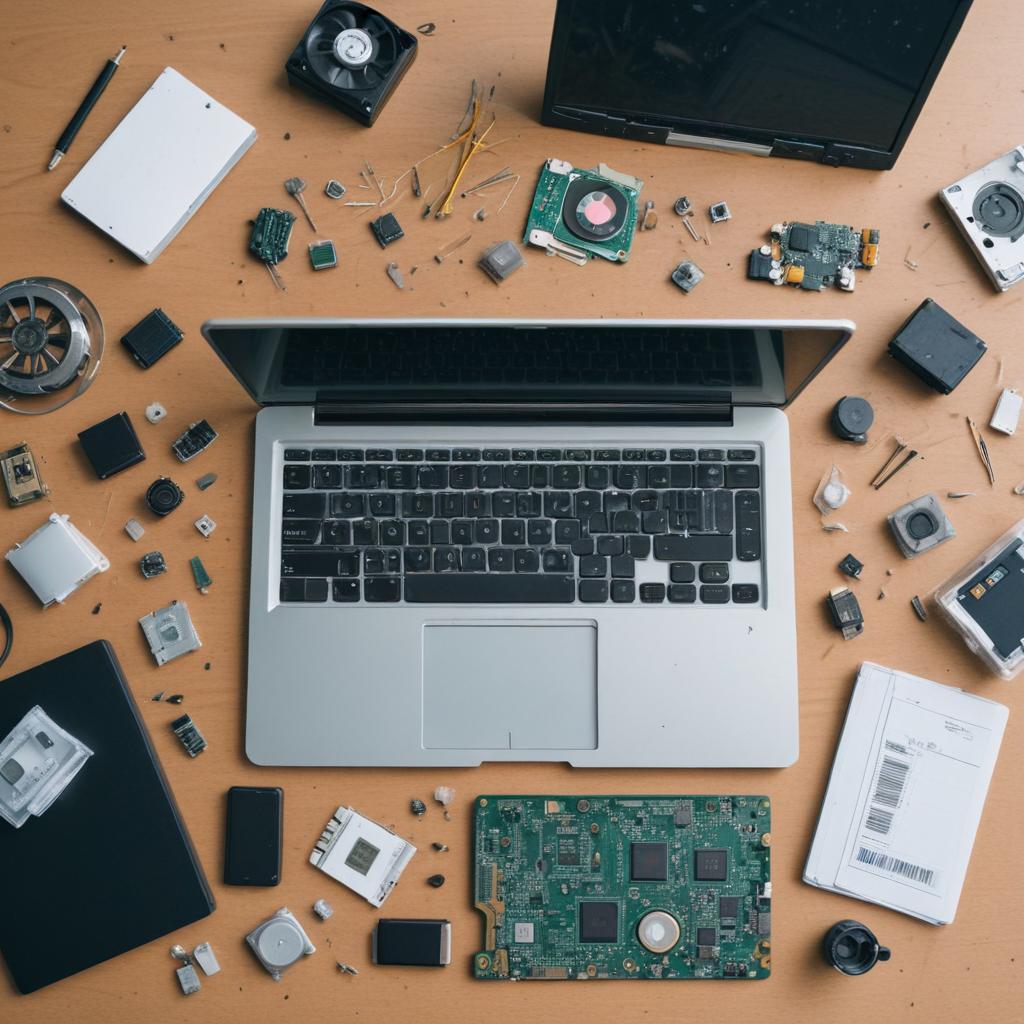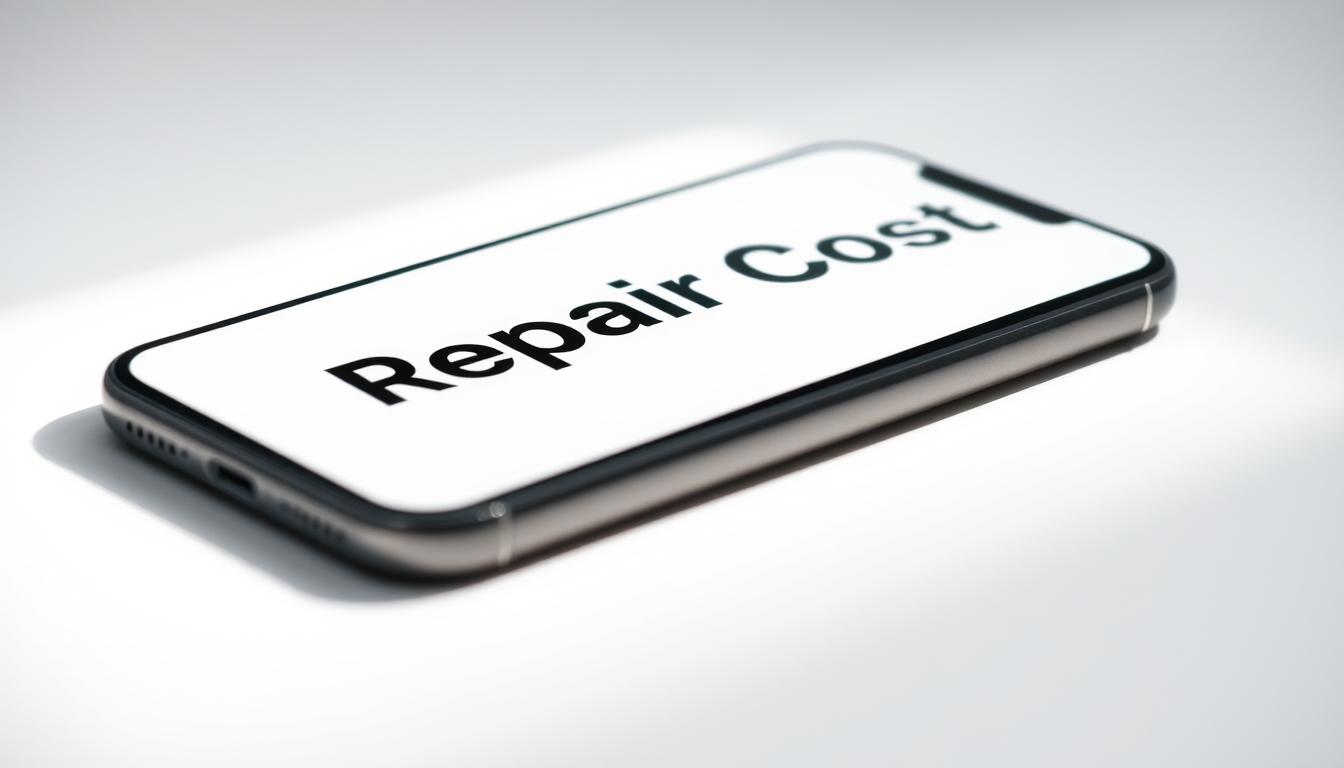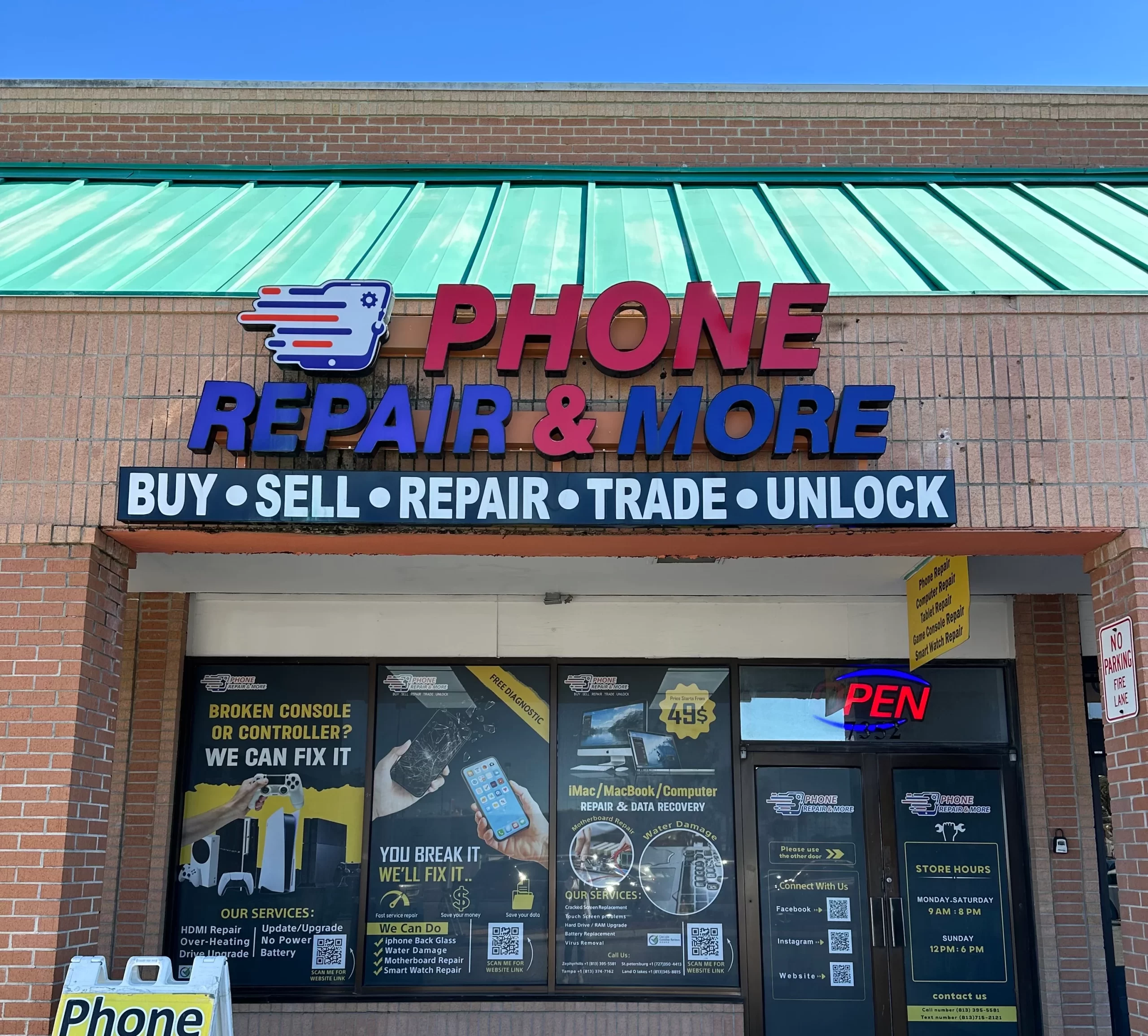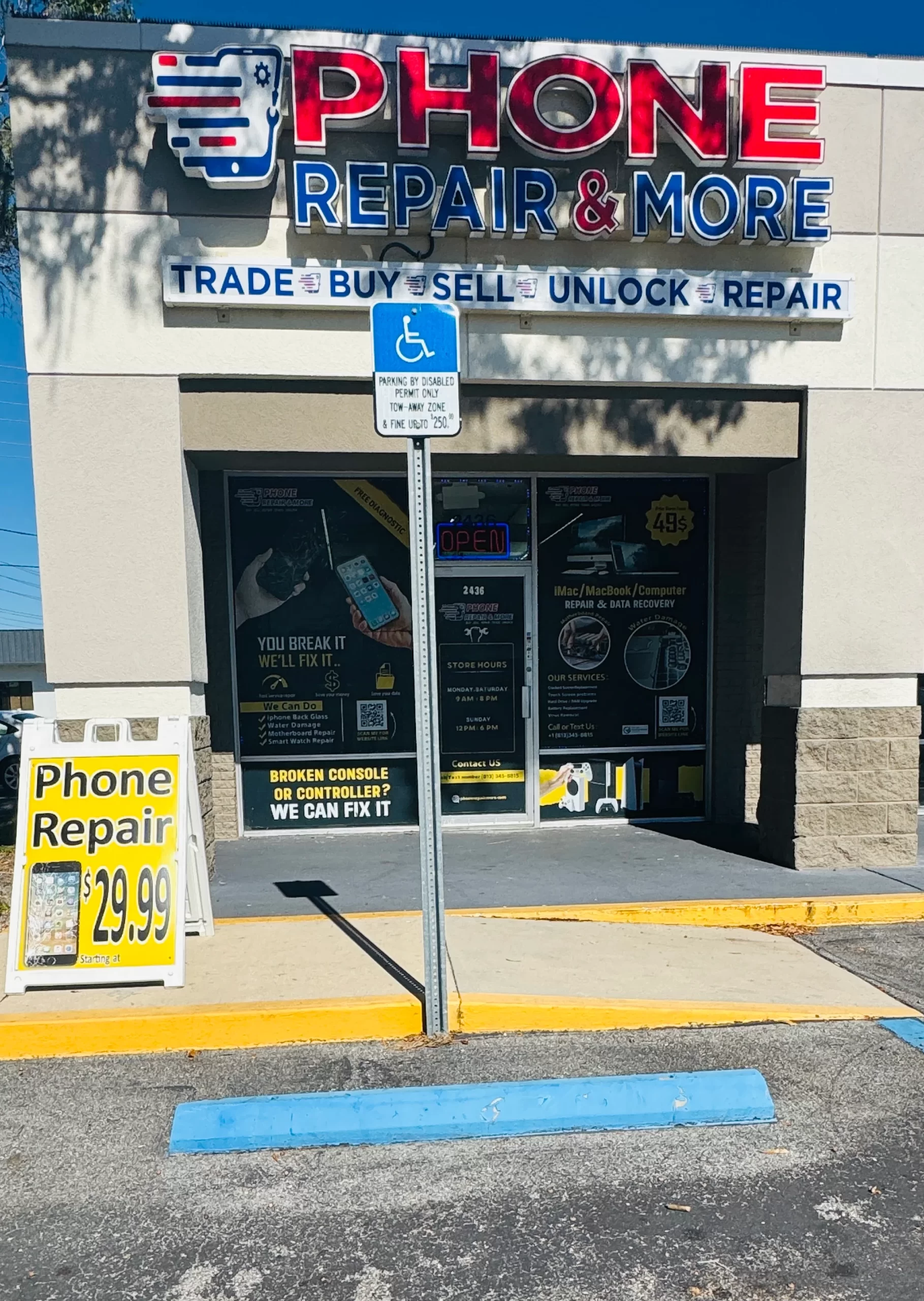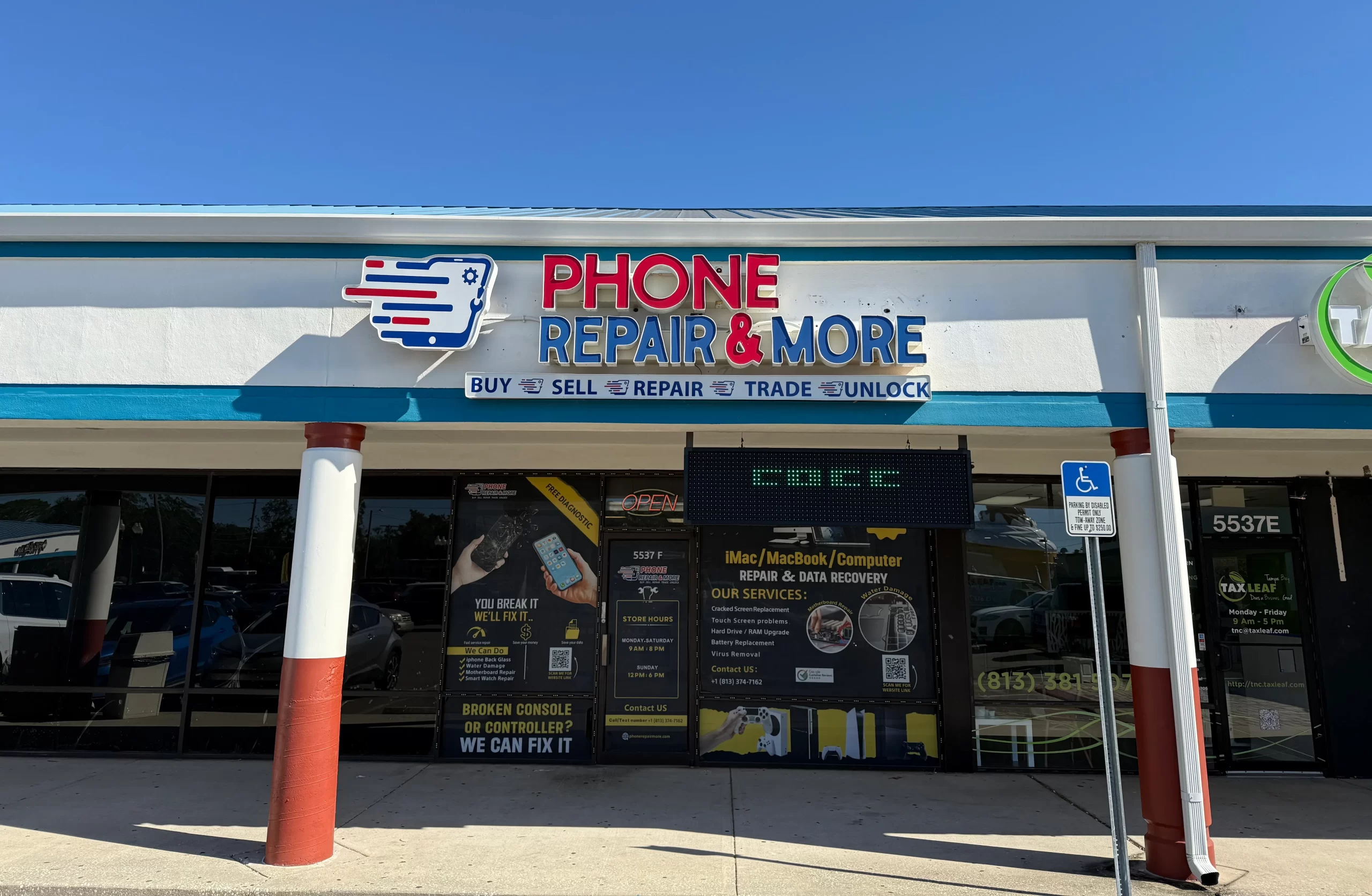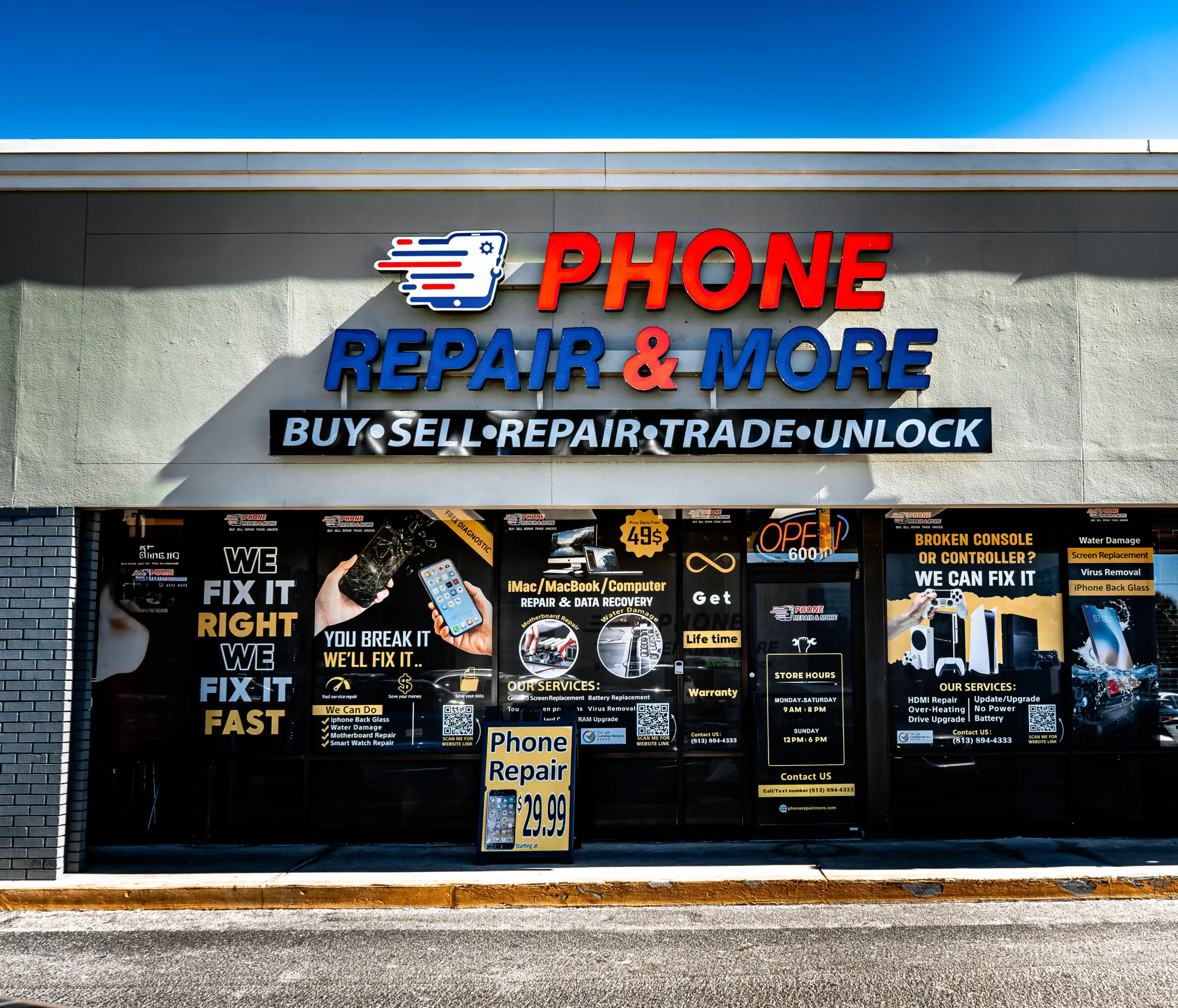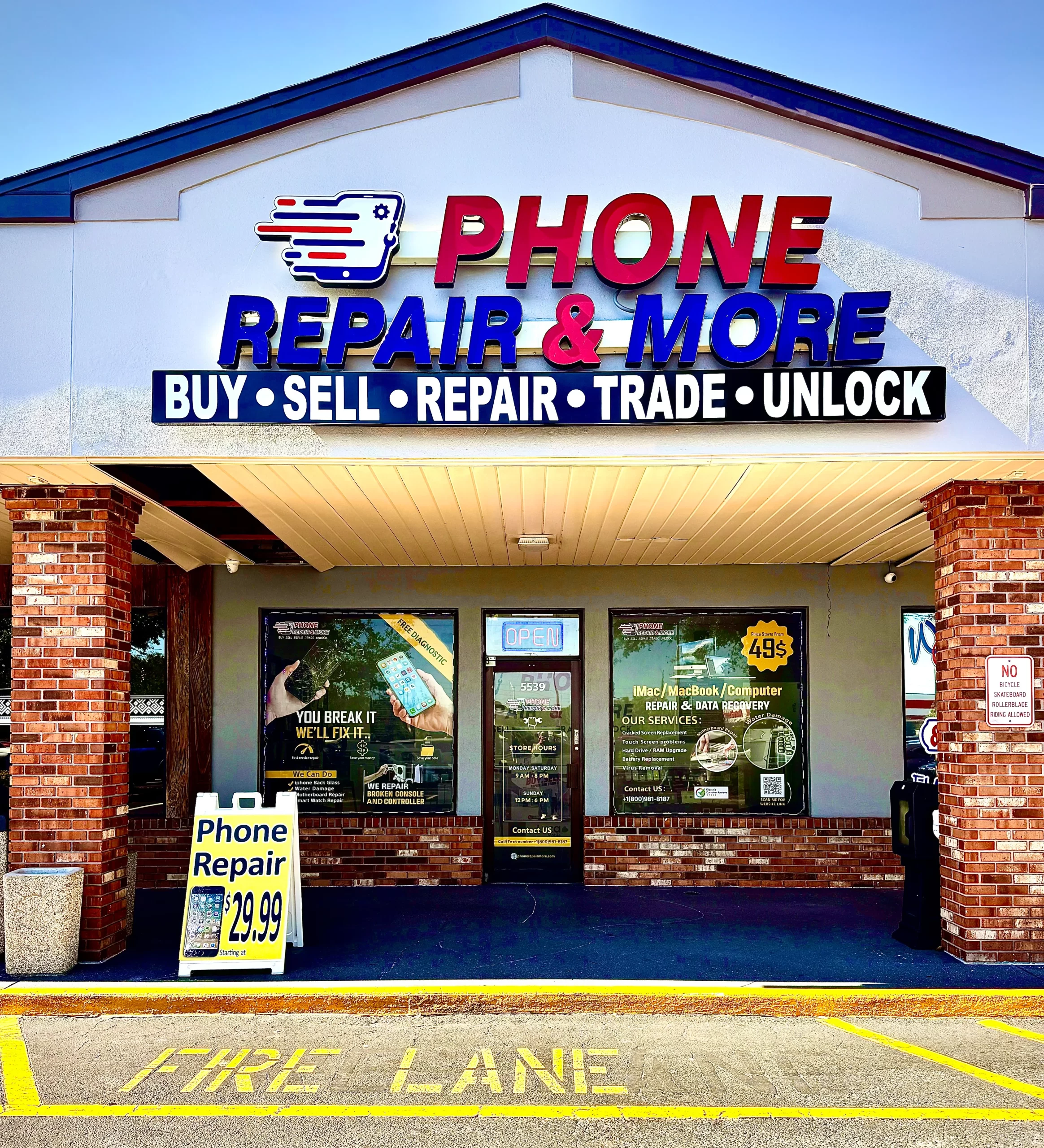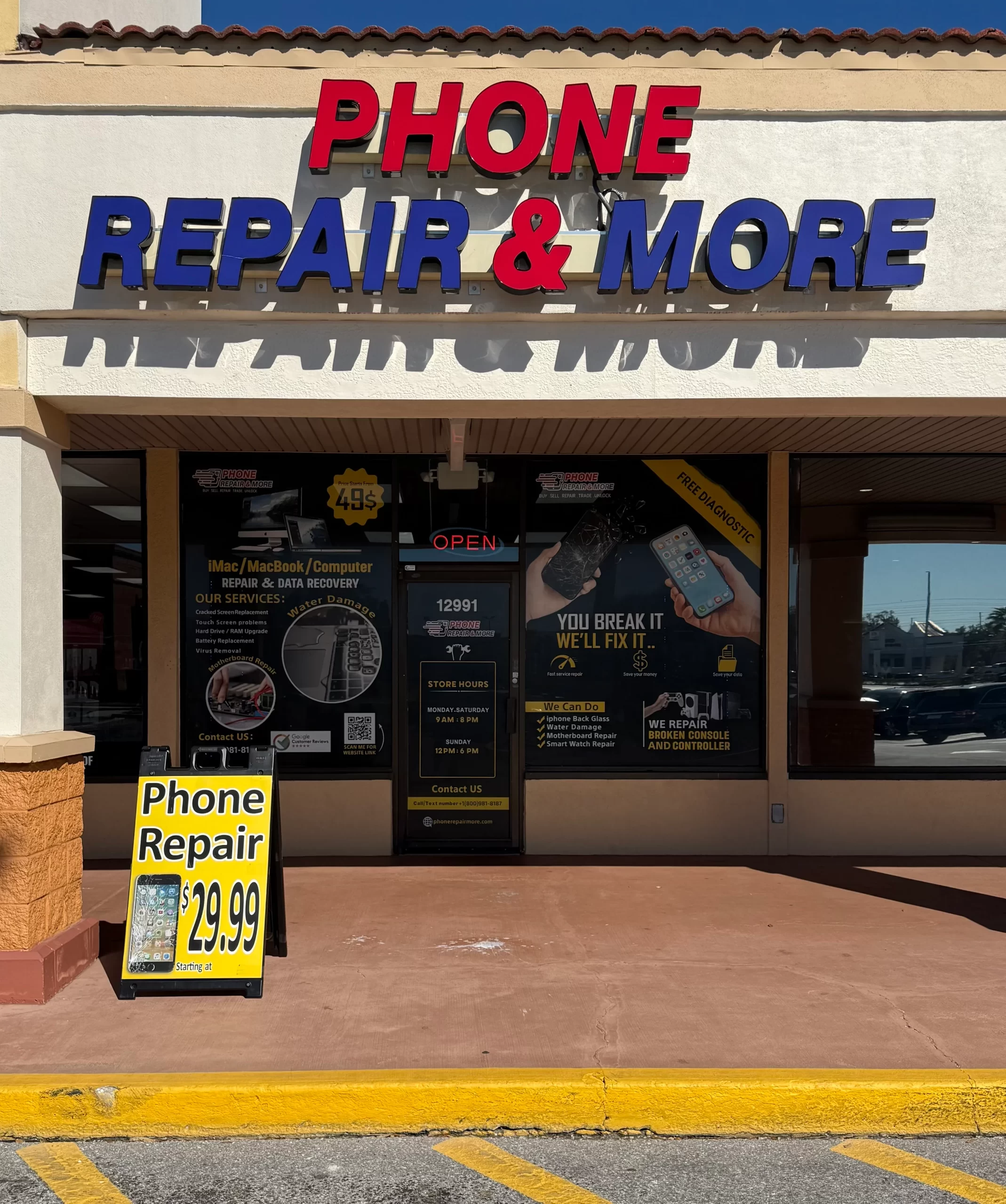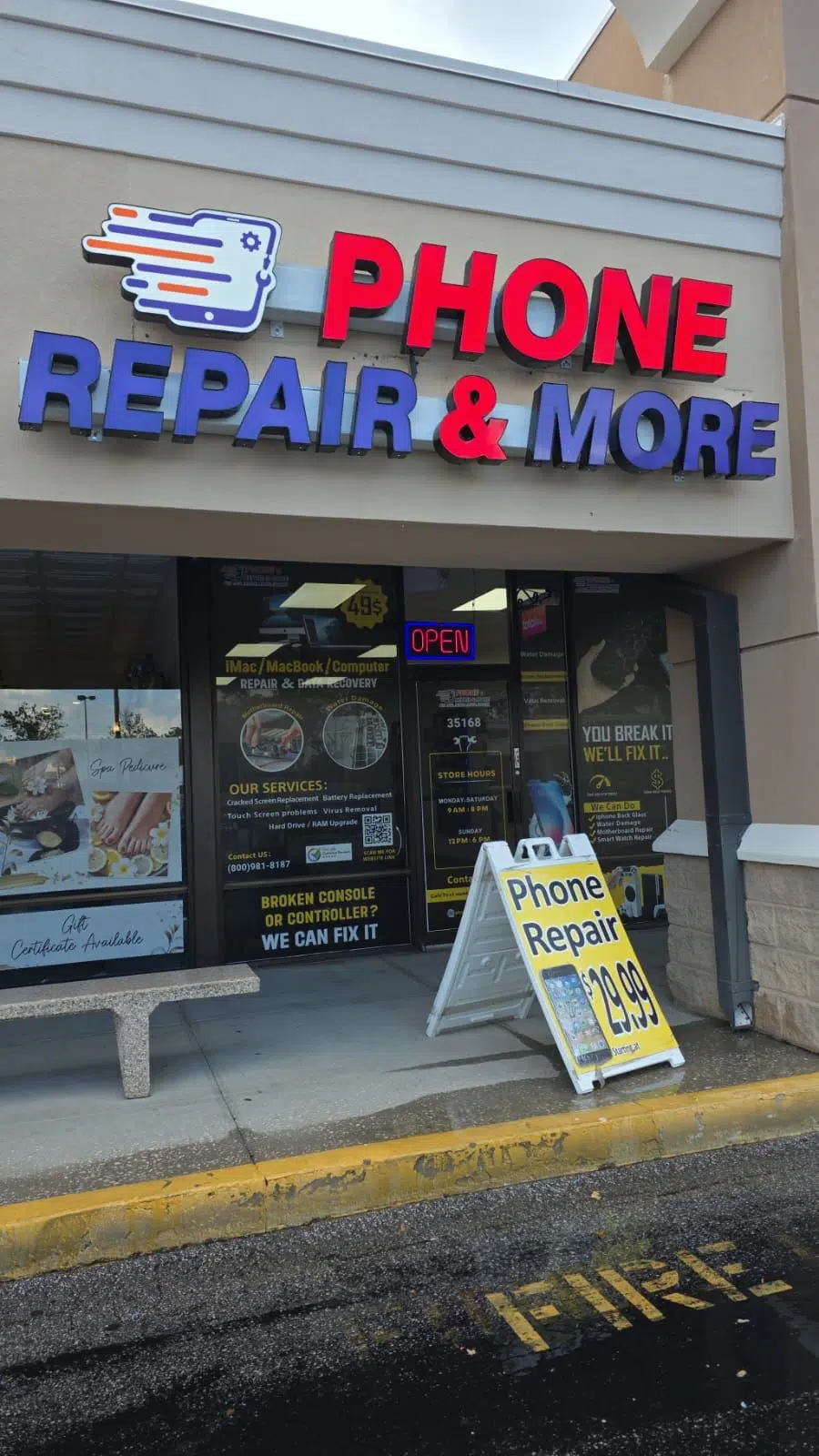Introduction
Laptop screens are one of the most vulnerable parts of the device, susceptible to damage from drops, pressure, or even accidental impacts. Given the essential role screens play, a common question arises: “Can all laptop screens be replaced?” Understanding the factors involved in screen replacement, the process, and the costs can help users make informed decisions when faced with a damaged screen. This article explores the replaceability of laptop screens, the challenges that may arise, and the options available to users.
Table Of Contents
- Types of Laptop Screens and Their Replaceability
- Challenges in Replacing Laptop Screens
- Professional Repair vs. DIY Replacement
- Frequently Asked Questions (FAQs)
- Conclusion
Types Of Laptop Screens And Their Replaceability
Standard LCD Screens
Most laptops are equipped with standard LCD (Liquid Crystal Display) screens, which are generally replaceable. These screens are widely available, and many repair shops stock them or can order them quickly. The replacement process is typically straightforward, involving the removal of the screen bezel, disconnecting the display cable, and replacing the screen with a compatible unit.
Touchscreen Displays
Touchscreen laptops have more complex display assemblies, often integrating touch sensors, digitizers, and sometimes even additional protective layers. While these screens are replaceable, the process is more intricate and may require specialized tools or expertise. Additionally, the cost of touchscreen replacements can be higher due to the complexity and the higher price of the components.
Specialized Screens
Some laptops, particularly high-end models or those with unique form factors, use specialized screens. This category includes ultra-thin OLED screens, 4K displays, or screens with unique aspect ratios or mounting mechanisms. Replacing these screens can be challenging due to limited availability, higher costs, and the potential need for proprietary tools or skills.
You May Also Check: How Much Is It To Fix A Damaged MacBook?
Challenges In Replacing Laptop Screens
Availability Of Parts
The availability of replacement screens can vary based on the laptop’s make and model. Older laptops or those from less common manufacturers might have harder-to-find parts, increasing both the time and cost of repairs. In some cases, users might need to source parts from specialized suppliers or consider refurbished screens.
Compatibility Issues
Ensuring compatibility is crucial when replacing a laptop screen. Even if a screen physically fits, it must be compatible with the laptop’s hardware and software to function correctly. This includes matching the resolution, connector type, and display technology. Incompatible screens can result in display issues, from poor image quality to complete incompatibility.
Technical Skill Requirements
Replacing a laptop screen can range from a simple process to a highly technical one, depending on the laptop’s design. Some laptops have easily accessible screens, while others require extensive disassembly, which might involve handling delicate components or cables. Lack of experience or proper tools can lead to further damage or a failed repair.
Professional Repair Vs. DIY Replacement
Professional Repair
Opting for professional repair services offers several advantages, including expertise, warranty on the repair, and the use of genuine or high-quality parts. Professional technicians are equipped to handle various complexities, from simple screen replacements to intricate touchscreen repairs. However, professional services can be more expensive, particularly for high-end or specialized screens.
DIY Replacement
DIY screen replacement can be a cost-effective option for those with technical skills and the right tools. Many online resources, including tutorials and videos, provide step-by-step guidance for specific models. While DIY repairs save on labor costs, they come with risks, including the potential for damaging the laptop or voiding warranties.
Recommended: Are MacBooks Worth Repairing?
Frequently Asked Questions (FAQs)
Is It Possible To Replace A Laptop Screen With A Higher Resolution One?
Generally, no. Replacing a screen with a higher resolution model can cause compatibility issues, as the laptop’s hardware and software may not support the new resolution.
How Long Does It Typically Take To Replace A Laptop Screen?
The time required can vary from as little as 30 minutes to a few hours, depending on the laptop’s design and the availability of replacement parts.
Can A Broken Laptop Screen Affect The Rest Of The Device?
While a broken screen primarily affects display functionality, it can sometimes indicate or lead to other issues, especially if the damage resulted from a significant impact that could affect internal components.
Conclusion
While most laptop screens can be replaced, the process varies in complexity and cost based on the type of screen and the laptop model. Users must consider factors such as part availability, compatibility, and the level of technical skill required. Whether opting for professional repair or attempting a DIY replacement, understanding these factors can help ensure a successful and cost-effective solution. Ultimately, addressing a damaged screen promptly can restore the laptop’s functionality and extend its useful life.

